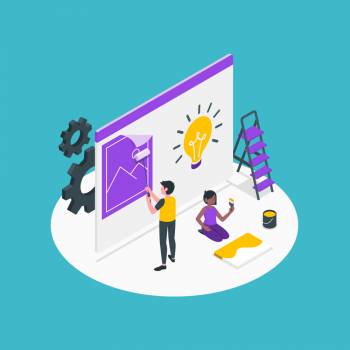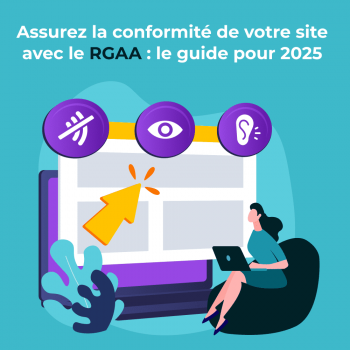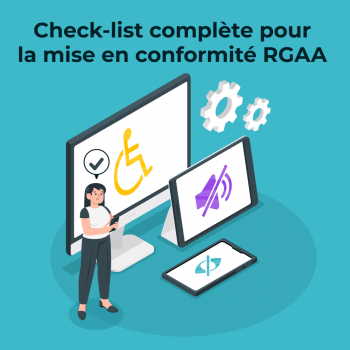Creating a fluid, intuitive user experience is at the heart of any successful digital strategy. This is where the expertise of UX/UI Design agencies comes into play. To guide you through this creative and rigorous process, let's take a look at the key stages of a UX/UI Design phase.
Understanding user objectives and needs: key steps to a successful UX phase
Understanding users and their needs is the cornerstone of any UX/UI project. This initial step lays the foundations for a successful user experience.
Bringing ideas to life : Brainstorming and exploring solutions
The design phase begins with a collaborative brainstorming session. Using tools such as Miro or FigJam, the UX/UI team and stakeholders come together to generate ideas, identify project challenges and define the application's essential functionalities.
Bringing user needs to life: writing user stories
By putting themselves in the users' shoes, the team creates "user stories". These scenarios describe the actions that users will perform within the application, allowing us to understand their path and their specific needs.
Define site structure: Tree structure and page hierarchy
The tree structure defines the application's structure by organizing the page hierarchy. This step visualizes navigation and content organization, making it easier for users to find the information they're looking for.
Define visual structure: Zoning and element hierarchy
Zoning visualizes the overall appearance of the application. Quick sketches and zones dedicated to the various elements help to concretize ideas and refine interface ergonomics.
From ideas to reality: the key stages in creating a successful user interface (UI)
The UI (User Interface) stage revolves around the creation of an aesthetic and intuitive user interface. It brings to life the concepts defined during the UX stage.
Benchmark best practices
To feed their inspiration, UX/UI designers collect relevant references and examples of good design practice. This monitoring enables them to keep abreast of current trends and create an interface consistent with the business sector.
Bring your application's functionalities to life with wireframes
Wireframes are functional mock-ups, without design, that illustrate the structure of screens and the organization of elements. They help validate the application's ergonomics and architecture before moving on to the design phase.
High-definition mock-ups and prototypes: a powerful tool for gathering user feedback
Figma is the ideal tool for creating high-definition prototypes. These mock-ups integrate design and realistic interactions, enabling us to test the user experience and gather valuable feedback.
Adjustments and improvements for an optimal user interface
Feedback from users and stakeholders is crucial for fine-tuning the application's design and ergonomics. Feedback from prototyping tests helps to identify areas for improvement and make any necessary adjustments.
In conclusion, the UX/UI Design phase is an iterative, collaborative process that requires in-depth expertise and a deep understanding of user needs.
Our expertise
At Ylly, we're committed to creating high-performance, user-centric experiences. By combining a deep understanding of your users' needs with rigorous design principles, we create intuitive, aesthetically pleasing and effective interfaces that stimulate engagement and drive conversion.
Want to know more about the UX/UI Design process? Do you have a project in mind?
Contact Ylly today and let our UX/UI Design experts guide you to bring your vision to life.








